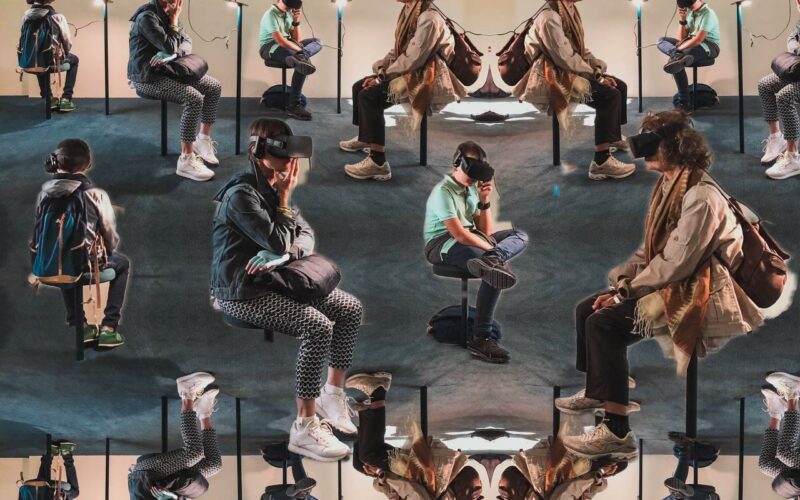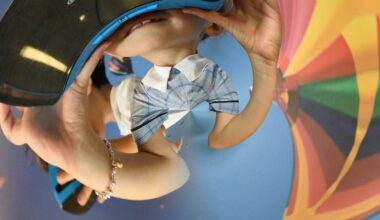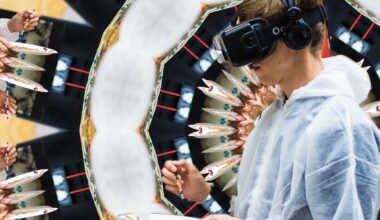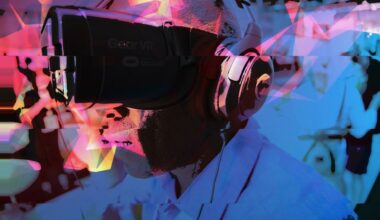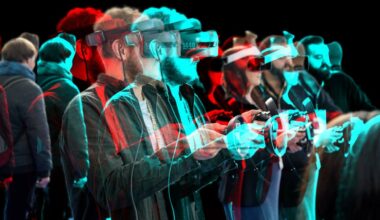The Covid-19 pandemic will be engraved as one of the largest global health crises. The efforts to stop the contagion forced the world to stop and lock ourselves at home. Unimaginable things became normal. Who would have thought that stores, restaurants, and bars would be closed for a year? Or that we’d have to wear masks everywhere?
As technology remained the only way to stay connected, socialize, and work, all of these restrictions and changes in our day-to-day lives led us to think about new ways to transform the future. As the pandemic continued, we became more and more dependent on technology.
Today we will look at how Covid-19 impacted the virtual technology space and why we should pay attention.
How Covid-19 Has Affected The Development Of Virtual Reality Technology?
As I already mentioned, the Covid-19 pandemic completely transformed the way we work, educate ourselves, and consume entertainment. In our efforts to stay home as much as possible, IT software solutions enabled us to do a lot of our previous real-life activities online.
So, it is no wonder that Zoom gained over 270 million users in less than three months or that most universities and learning projects now offer fully online classes.
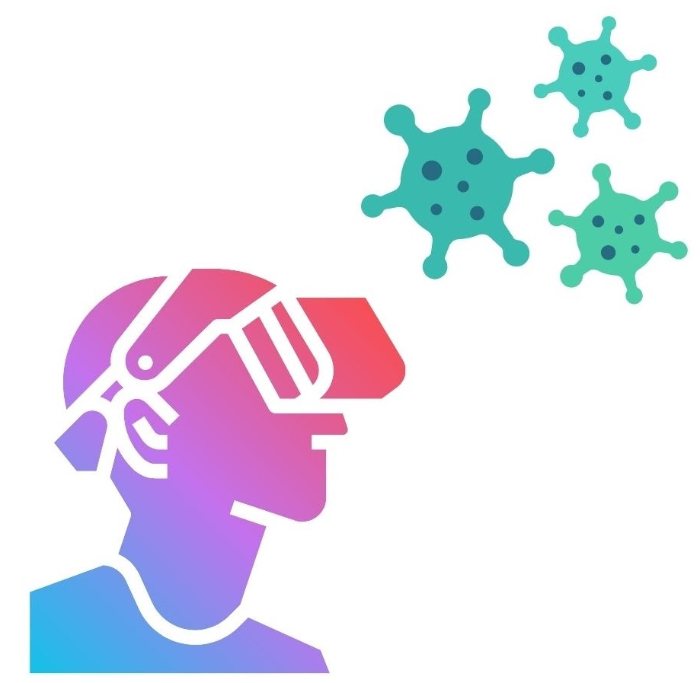
This usage of technology to “recreate” real-life experiences has led to many developments in the virtual reality space.
For example, a company called Argodesign created an artificial window that simulated working next to a colleague. Another company VirBela is trying to make business conferences similar to video games to make them feel more like real-life.
Many companies are now trying to integrate VR experiences into normal computers by offering full spatial audio and 3D telepresence solutions.
Spatial is also building experiences that allow users to participate in VR spaces either from a personal computer or a VR device, which will make the adoption of virtual reality more accessible.
The most impactful way that Covid-19 has influenced the VR market is by opening up the world to the many opportunities it presents.
Before the pandemic, few of us imagined attending a 3D video conference, a virtual concert or fashion, but nowadays, it seems like the new “normal” thing to do.
Now that we know that the pandemic has certainly influenced the VR space, let’s see how it helped during lockdown.
Uses Of VR During for the Covid-19 Pandemic
Online Shopping
As most shopping centres were closed during the pandemic, people turned to online shopping.
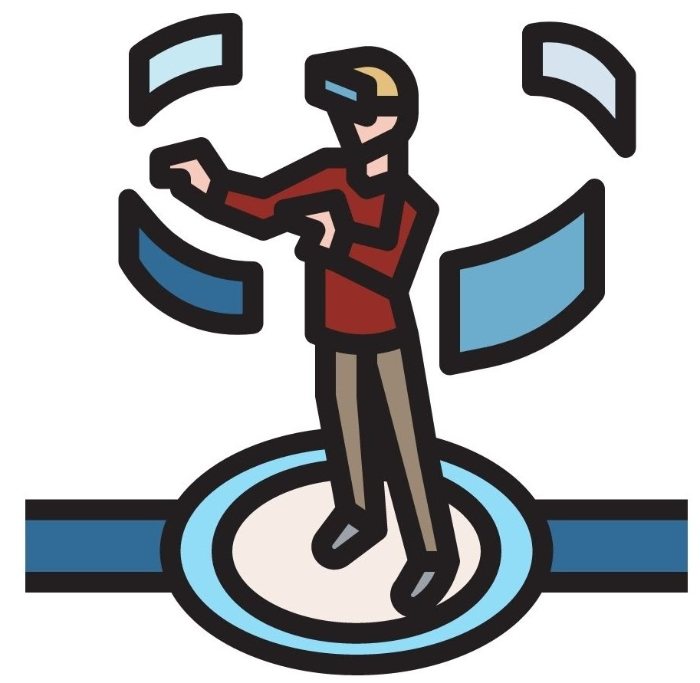
This prompted a lot of retailers to upgrade their websites and aim to deliver a better experience for the customers.
Such race towards improvements led us to see virtual stores open up, where models were displayed in 3D so that potential buyers can see the items from every possible angle.
Some clothing brands took things one step further and made virtual fashion shows so that fans can enjoy the new collections from the comfort of their homes.
Virtual Press Conferences And Events
The pandemic saw us locked away at our homes, getting everything done through computers. Somehow, that gave some broadcasters and event planners the idea to make some of the first-ever fully virtual events.
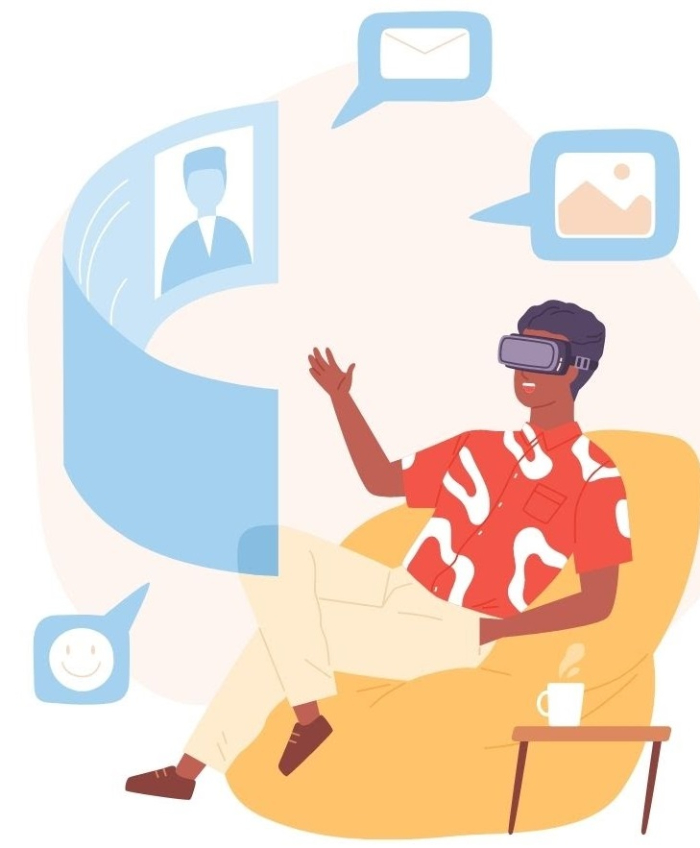
HTC, the company that manufacturers VR headsets, held its first 100% virtual Vive Ecosystem Conference on March 18th 2020.
It had over 2,000 participants from more than 55 countries. More importantly, it was recorded as the first event to go from being held live to becoming 100% virtual.
The success of HTC’s event showed other businesses that it’s possible to hold a successful event, even if it’s not live.
It also proved that the usage of VR tools can make the experience even more memorable for participants.
Virtual Reality Home Entertainment
Undoubtedly, I think we can call 2020 The Year Of Netflix, we have spent most of our time watching tv series or movies online in lockdown. However, virtual reality games also became more popular last year.
They offered us a way to escape our homes without going anywhere.
Believe it or not, it made an excellent pastime for the whole family and not just for children.
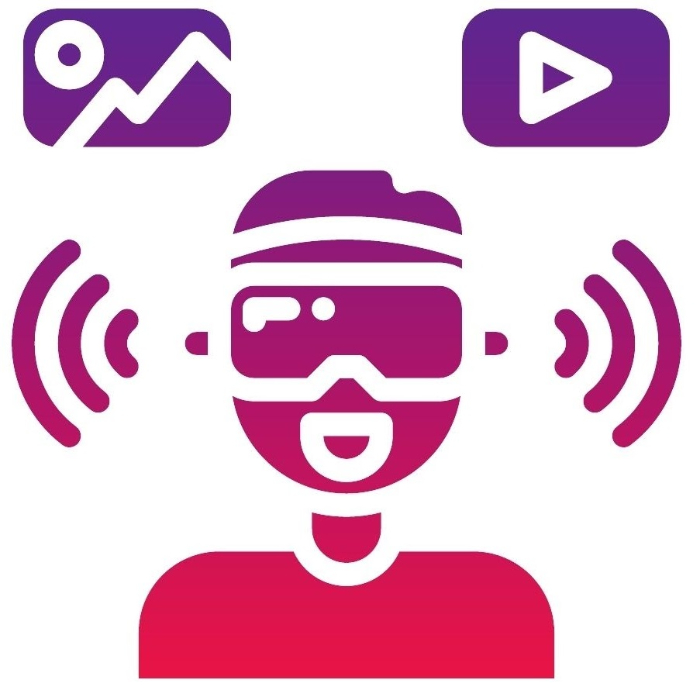
Along with video games, a lot of other VR entertainment became popular.
For example, tons of famous museums and art galleries began offering online tours for the first time ever. It gave a chance to a larger group of people to enjoy the famous artwork or artefacts they offer.
Virtual Reality Workouts
If there is one real downside to staying at home, it’s that you also end up eating a lot.
So after the first 2 months of lockdown, we were busy losing extra pounds gained during quarantine.
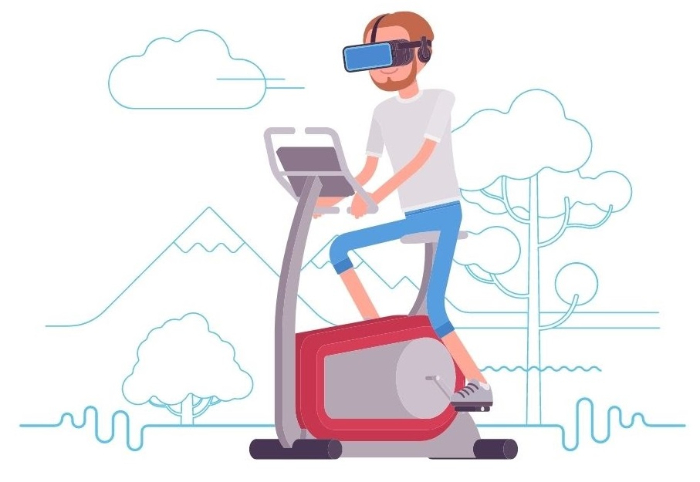
Working out by yourself at home is incredibly dull and boring and people lose motivation quickly. That is where VR comes into play. As the technology has become more advanced and more affordable, many people have begun using it at home to enhance their workouts.
Loads of my friends like to play sports games in virtual reality, where they imitate boxing or tennis movements which helps them get a quick, sweaty workout while still having fun and winning.
Virtual Reality For Treatment Of Mental Illness
As concerns of spreading the Coronavirus grew, hospitals and other care centres overflowed with patients. It posed further risks of infections, even to the caregiving staff. That’s why a lot of people had their diseases treated at home. In such a scenario, virtual reality helped medical professionals assist patients better.
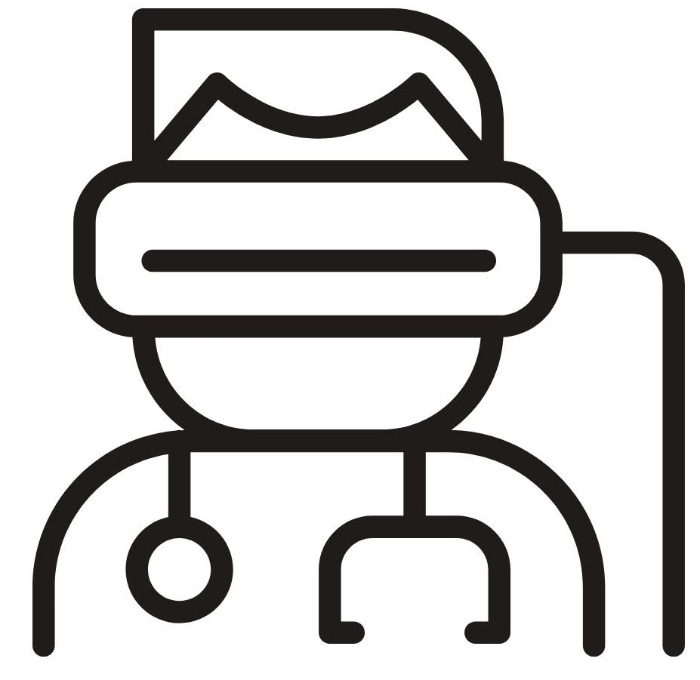
This is especially true for mentally ill people, who usually need specific treatment and often have to remain in special facilities. VR proved to be extremely helpful for treating PTSD, depression, and anxiety, as it allows patients to be transported to virtual reality which can help them seek calm and comfort.
Oddly enough, the VR treatments proved to be so effective that they are likely to remain a well-used method even after the Covid-19 pandemic ends.
New Opportunities for VR Technology
It’s safe to say that Covid-19 has hinted towards the need for advanced technology and its significance for our survival. With so many countries in partial or full lockdown for over a year, we desperately needed our devices so that we could stay connected to the outside world, to our friends, colleagues, and family.
Covid-19 also showed us that virtual reality technology has its place outside gaming and can enhance our limited physical environments.
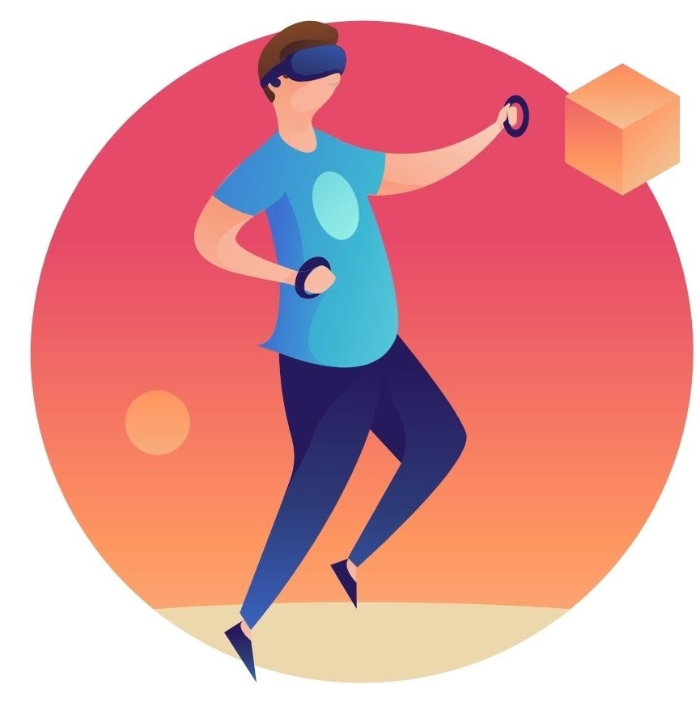
With that being said, I think there also are many unexplored opportunities in the VR market as people are now more open to trying virtual reality as they are more used to spending time on devices and enjoying content virtually.
More than that, there are loads of possible little advancements that could skyrocket the space: from lightweight headsets to full-on VR costumes, all of which will enhance the experience and make the public want to try it even more.
Many industries might show continued interest in VR even after the pandemic ends, especially when it comes to broadcasting live games or concerts. It means the companies that deal with the development of virtual reality technology have a huge field to step into and try to come up with solutions to increased market demand.
Final Words
In conclusion, I can say that this pandemic has changed our lives forever. I’m sure of that. It made us more reliant on technology but also more appreciative of the genuine human connection that can only happen when we interact with each other in real life.
In a way, we can say that technology saved us all. It helped us stay connected, share our fears, and seek comfort through the virtual company of our loved ones. The pandemic drew our attention to the wonders of technological advancement.
Thanks to the pandemic, we all saw how useful it would be to go somewhere without being physically present. And I firmly believe that this will lead to even more technological advancements and inventions in the VR space.
